What is Driving Hyperscale and Colocation Data Center Growth in Southeast Asia?
One of the most dynamic regions in the world, Southeast Asia is home to a total population of 600 million and its economies are showing long-term steady growth. Its largest economy, Indonesia, is the fourth largest country globally and the region’s largest digital economy with a population of 280 million. At Digital Edge, we see fast-paced and steady growth in demand for data processing power and data center capacity across Southeast Asia in general and specifically in Indonesia.
To understand this growth and its implications for hyperscale and enterprise users of data centers, we need to ask some important questions, each of which I will address below.
Why is Data Center Demand in Southeast Asia and Indonesia Growing Fast?
Mobile and Social – First and foremost, growth in mobile penetration and social media use are fuelling demand; uptake of data hungry deployments such as mobile applications and content platforms has accelerated across Southeast Asia following the global pandemic. A recent study by Meltwater found the number of active social media users in Indonesia was around 167 million, or more than 60% of the population. In terms of mobile penetration, there were approximately 354 million cellular connections, or 128% of the population, indicating many people have more than one phone. The young demographics of many countries in the region also mean they are often early adopters of new technologies, for example the same report also revealed that the Philippines ranks number 4 worldwide in terms of time spent on social media, with Filipinos logging in 3 hours and 43 minutes on average per day.
Cloud Adoption – Second, in the last five years we have seen an acceleration in cloud adoption rates by both consumers and businesses, with most of the major cloud solutions providers now either already in Southeast Asia or moving into the region. These hyperscale cloud providers are in turn fuelling demand for data center capacity; Structure Research’s latest report estimates that Jakarta’s colocation market is expected to grow to USD938 million by 2027, with hyperscale making up 72% of this at a five-year CAGR of 34%.
Data Sovereignty – Finally, following data privacy regulations and legislation, such as the GDPR (General Data Protection Regulation) in the EU and the Cybersecurity Law in China, many companies based in Southeast Asia are mindful of concerns around data sovereignty and ensuring it is clear where their data is physically located for compliance purposes. This has led to some businesses, particularly those that handle sensitive information such as financial institutions, moving data onshore from out of region cloud services, to in-region data center providers, especially edge data centers.
What Other Trends in Southeast Asia are Impacting Hyperscale and Colocation Data Center Growth?
As mentioned earlier, most of the big global cloud companies are either already in the region or now moving into Southeast Asia, serving fast-growing home-grown tech companies such as Gojek, Grab and Tokopedia. And as these players and others invest into AI and other new tech, we project the data volumes will increase further over the next few years. We are also seeing a development where Singapore, a more mature market and former regional hub, is no longer rapidly adding data center capacity, leading to increased investments in edge data centers in neighboring markets such as Jakarta. And as needs increase throughout the region for localized edge colocation data centers, we also see an increase in the needs for peering and interconnectivity alongside this.
Another growth driver is that the cost of power is generally on the lower end in this part of the world, with more and more economical renewable energy sources coming online year by year. This is true in general in Southeast Asia, and specifically so in Indonesia, with abundant sources of energy and an increasing part being renewables. As Jay Park, our Chief Development Officer wrote in another blog post earlier this year, there is growing demand, from government, the public, the industry, and investors, for data processing to go green. This is putting pressure on data center operators to build environmentally friendly green data centers. Indeed, our EDGE1 data center facility in Jakarta is the first one in the metro to leverage 100% renewable energy from geothermal sources.
What is Shaping Demand for Data Center Capacity in Southeast Asia?
With the rapid and steady expansion of major cloud providers in the Southeast Asia region, paired with the growth of social media, mobile gaming, e-commerce, and other digital services, we see hyperscalers, Internet Service Providers (ISPs), content providers and enterprises alike requiring more data center capacity in these fast-growing markets, including in downtown locations in tier 1 cities. Alongside this, customers also increasingly require facilities that can cater to high power density deployments such as AI.
Southeast Asia is increasingly viewed as a favorable location for AI applications by companies investing in Large Language Model (LLM) machine learning and latency sensitive AI deployments, requiring real-time or near-real-time decision-making or user-interaction capabilities. The region is particularly attractive for such deployments due to access to relatively low-cost power, favorable conditions for importing chipsets for GPUs, as well as existing and planned subsea cable infrastructure, which allows transmission of data to markets across Asia.
At the same time there is ever growing interest in and new needs tied to renewable energy and sustainability. On the Government side, while we’re not yet seeing regulatory pressure, we see indirect demand in terms of rising awareness and a high level of appreciation for sustainability efforts. In the private sector, global hyperscale and cloud companies have hard ESG requirements and KPIs for their suppliers and partners, which is encouraging action on the data center operator side.
How is Digital Edge DC Meeting the Hyperscale and Colocation Needs in Southeast Asia?
With existing edge data center infrastructure across key markets in Southeast Asia, including Jakarta and Manila, Digital Edge offers market leading colocation and interconnection options for companies looking to expand their presence in the region quickly and efficiently. Most importantly we can do so while meeting their ESG requirements without the significant undertaking of setting up their own infrastructure.
In Jakarta we have two facilities, the first of which, EDGE1, is at full capacity. Our newly inaugurated EDGE2, strategically located less than 3km from EDGE1, is the largest data center in downtown Jakarta with a 23 MW IT load and more than 3,400 racks. It also offers access via a virtual campus to the 50 network carriers and several Internet Exchanges already located at EDGE1. Crucially it is an AI ready data center, capable of handling higher density workloads of up to 20kW per rack, with future expansion up to 40kW per rack with new cooling innovations.
Furthermore, it follows our strong emphasis on sustainability, incorporating renewable energy solutions and green building features, and is on target to achieve LEED Gold certification. It is also the first data center in Indonesia to utilize innovative SPLC, Statepoint® Liquid Cooling technology, allowing it to achieve an impressive annualized design PUE of 1.24, which I believe makes it the most energy efficient edge hyperscale and colocation data center in Indonesia.
Likewise in Manila, we have NARRA1, a 10MW facility launched last year, which is the largest carrier neutral data center in operation in the region. It also leverages the SPLC technology to deliver an annualized PUE of 1.193, a truly impressive metric for the hot and humid climate of the Philippines.
Digital Edge has developed a hybrid, carrier neutral strategy, which means we can cater to a wide-ranging customer base. From the large hyperscalers, such as cloud and CDN providers, to the major local internet service providers, both segments which serve as anchor tenants and in turn help attract enterprise customers to our facilities. We are very excited about the growth opportunities in the Southeast Asia market, and we are confident that our business strategy positions us well to cater to the growing market demand.

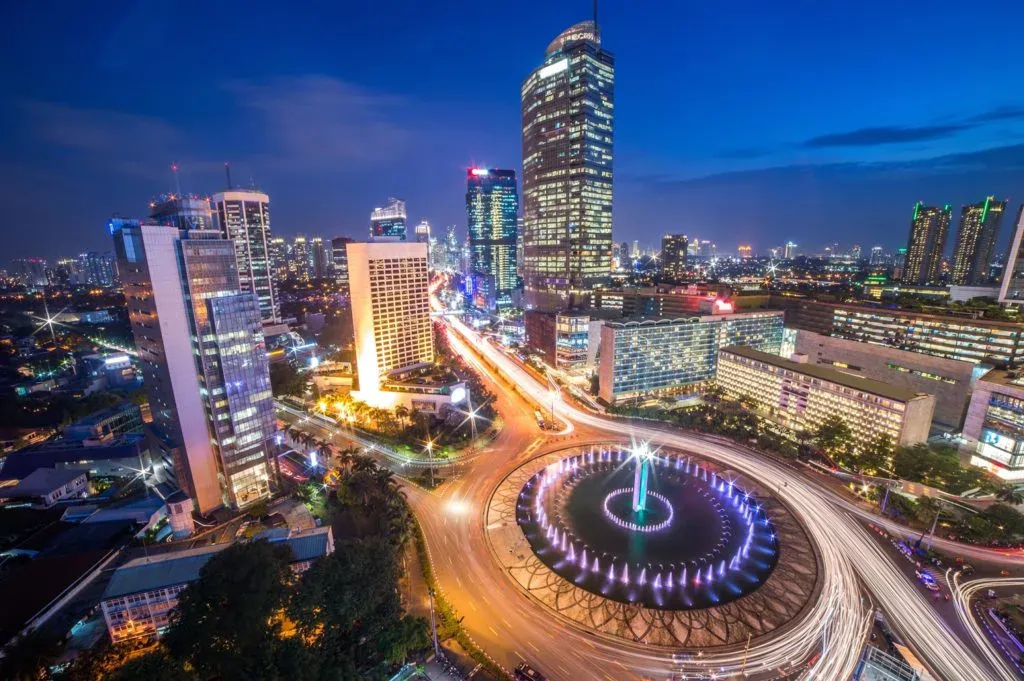
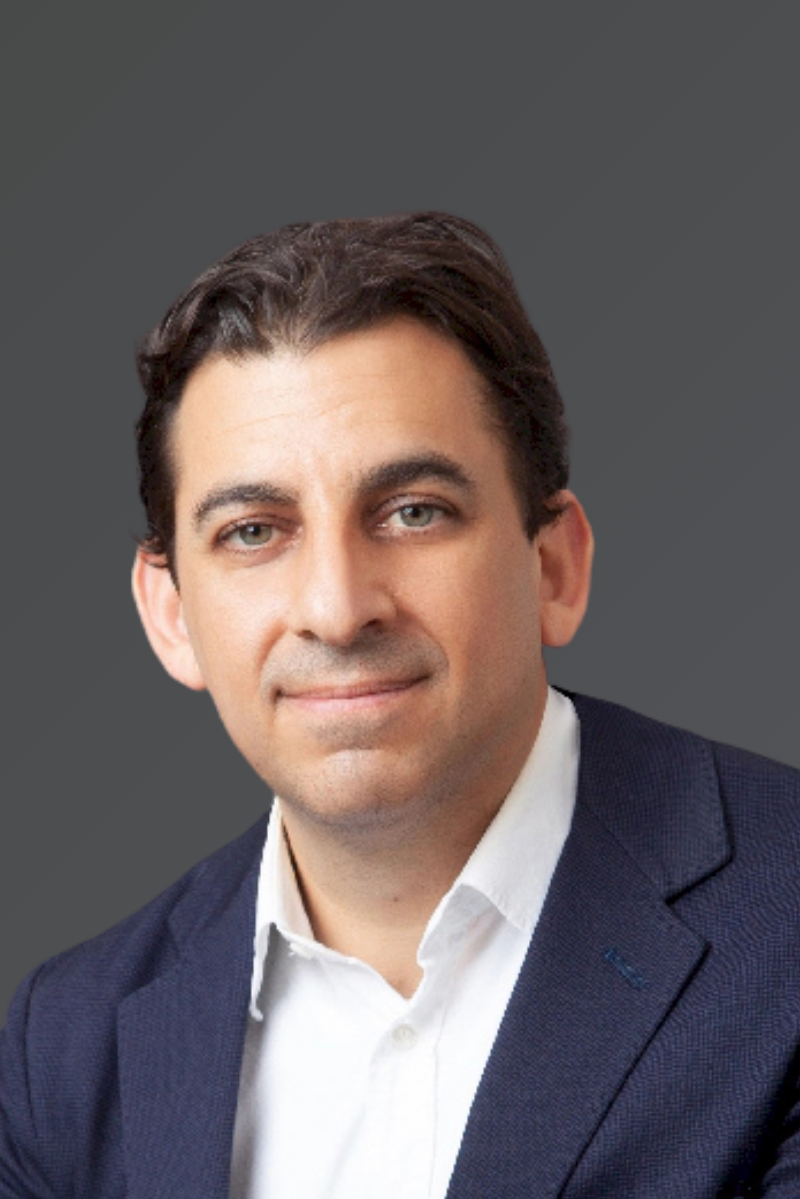
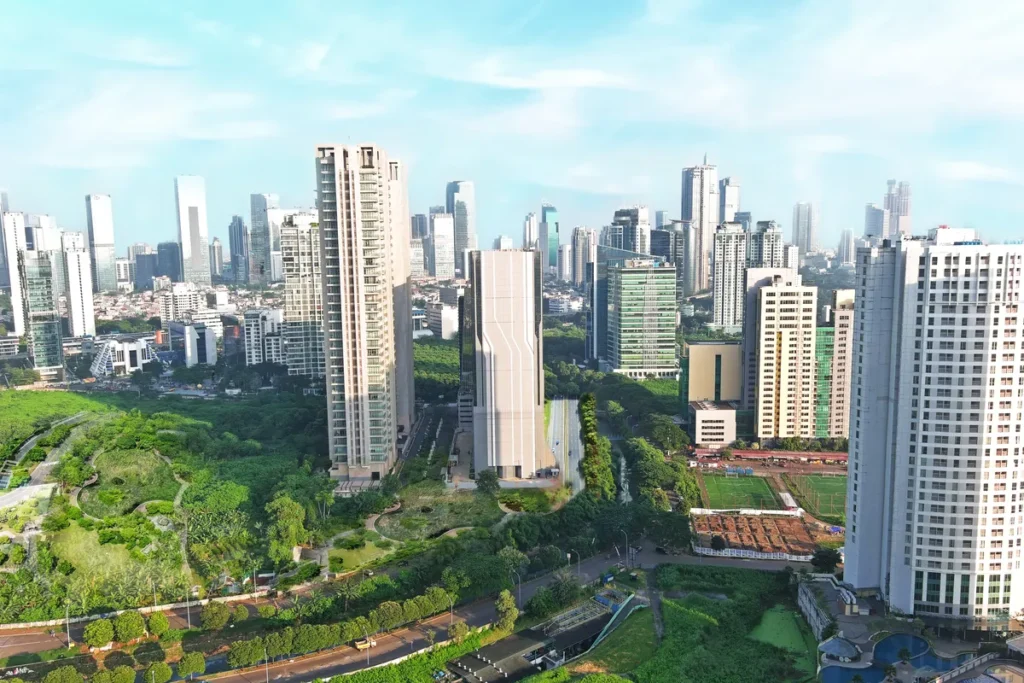

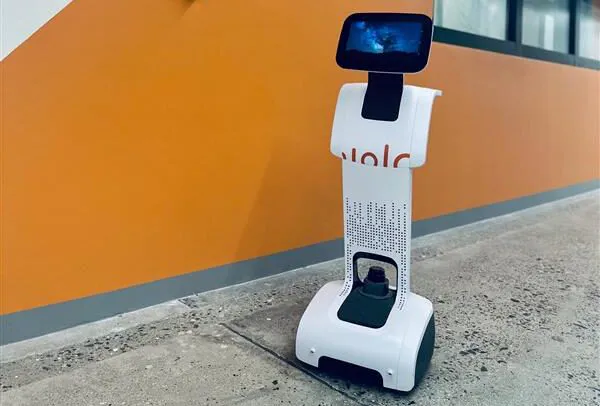

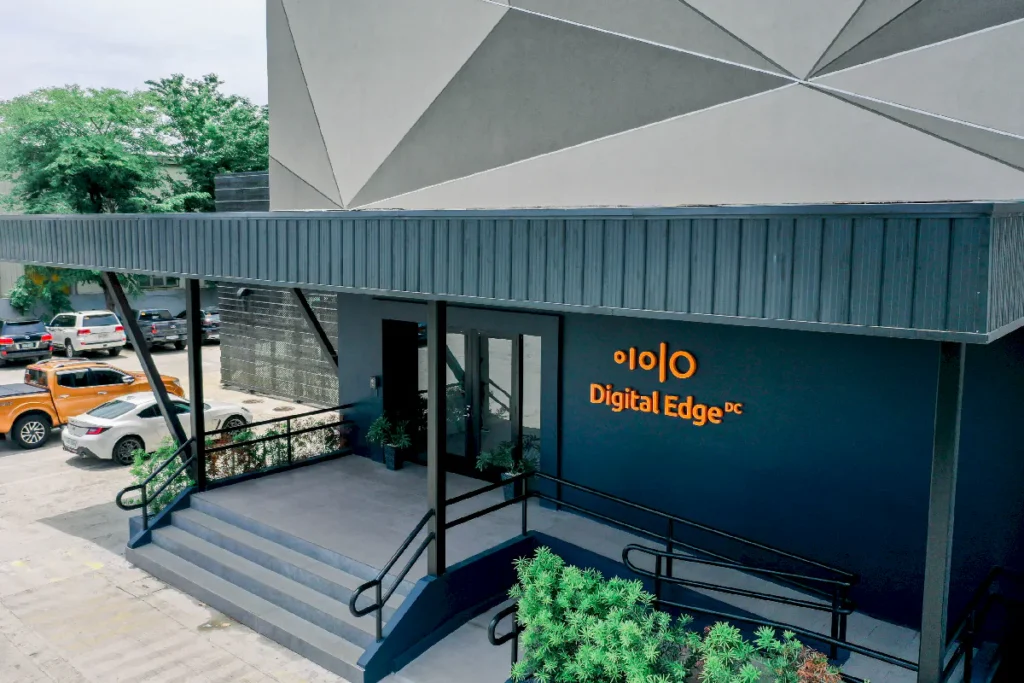
 logo are trademarks of Digital Edge (Hong Kong) Limited, registered in the U.S. and other regions and countries.
logo are trademarks of Digital Edge (Hong Kong) Limited, registered in the U.S. and other regions and countries.